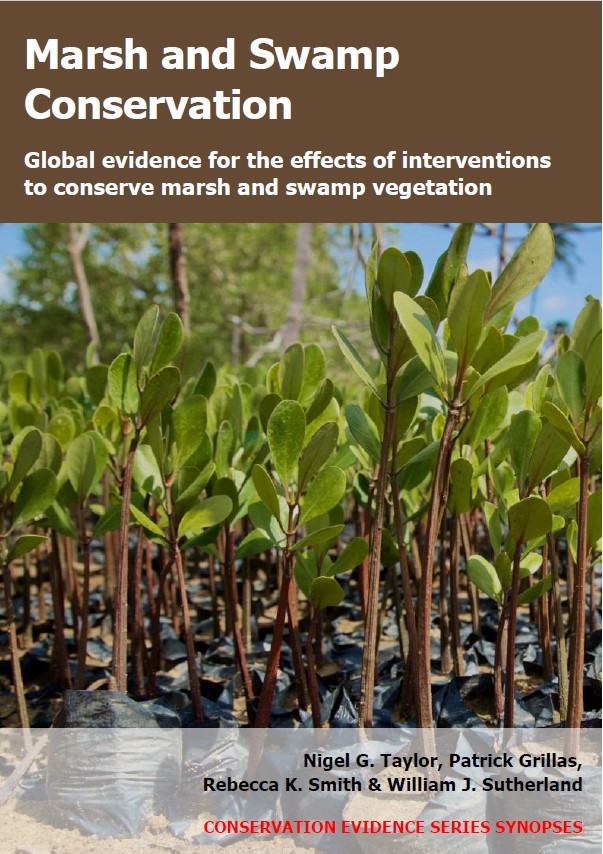Cut/remove/thin forest plantations: freshwater marshes
-
Overall effectiveness category Unknown effectiveness (limited evidence)
-
Number of studies: 1
View assessment score
Hide assessment score
How is the evidence assessed?
-
Effectiveness
58% -
Certainty
38% -
Harms
0%
Study locations
Supporting evidence from individual studies
A replicated, controlled study in 2002–2005 involving 24 pine plantations on a gradient of moist to dry soils in Ohio, USA (Abella et al. 2017) reported that some sites where trees were thinned or cleared contained more wetland-characteristic plant species than sites that remained afforested. Statistical significance was not assessed. After three growing seasons, six thinned or cleared sites developed wetter soils than the others and contained 4–18 wetland-characteristic plant species/0.05 ha. Nine thinned and cleared sites that retained drier soils contained 0–9 such species/0.05 ha. Nine sites that remained fully afforested, and also had drier soils, contained 1–3 such species/0.05 ha. Methods: In early 2002, pine Pinus spp. plantations (47–63 years old; 900 trees/ha) were thinned or cleared from 15 sites (50–100% of trees removed, but many of the remaining trees died). Nine other sites were left fully afforested. Soil moisture varied between sites: the driest, upland sites were not expected to develop wetland vegetation even if trees were removed. Understory vegetation (a mix of herbs and shrubs) was surveyed in summer 2004 in one 20 x 25 m plot in the centre of each site.
Study and other actions tested
Where has this evidence come from?
List of journals searched by synopsis
All the journals searched for all synopses
This Action forms part of the Action Synopsis:
Marsh and Swamp Conservation
Marsh and Swamp Conservation - Published 2021
Marsh and Swamp Synopsis





)_2023.JPG)














